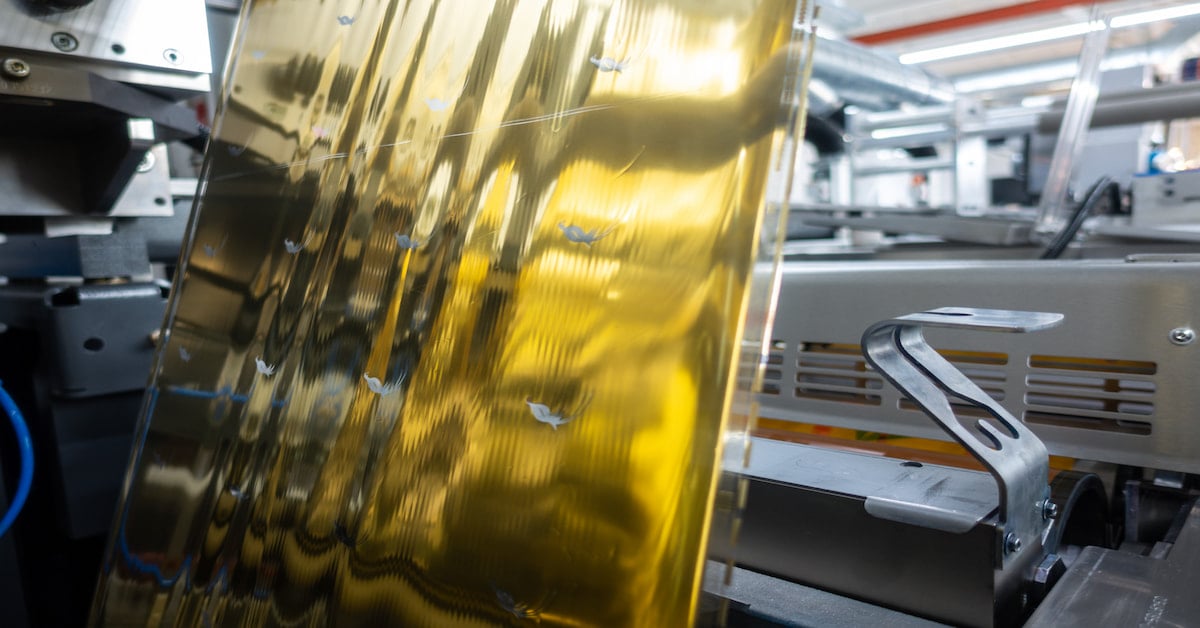The digital textile printing evolution has been nothing short of revolutionary, influencing the way we perceive and create fashion and design. This transformation is not just about technology but also about the impact it has had on the textile industry as a whole. As we delve into the nuances of this evolution, we will uncover how it has reshaped the industry and what the future holds.
In the realm of textile design, technology has always played a pivotal role. The advent of digital textile printing marked a significant milestone in this journey. But what exactly is digital textile printing, and how has it evolved over time?

Understanding the Basics
Digital textile printing refers to the process of printing digital designs directly onto fabric. Unlike traditional printing methods, it allows for greater flexibility and precision. This method uses large-format inkjet printers, which are capable of producing intricate designs with vibrant colors.
The Early Days
The journey of digital textile printing began in the late 20th century. Initially, the technology was limited to small-scale applications due to high costs and limited resources. However, as technology advanced, it became more accessible and cost-effective.
Technological Advancements
Over the years, there have been numerous advancements in the field of digital textile printing. From improvements in printer technology to the development of eco-friendly inks, the industry has seen a rapid transformation.
Impact on the Fashion Industry
The fashion industry has been one of the biggest beneficiaries of digital textile printing. It has enabled designers to experiment with new patterns and colors, leading to the creation of unique and innovative designs.
The Role of Sustainability
In recent years, there has been a growing emphasis on sustainability in the textile industry. Digital textile printing has emerged as a more sustainable alternative to traditional methods. It uses less water and produces less waste, making it an eco-friendly choice.
Eco-Friendly Inks
The development of eco-friendly inks has further enhanced the sustainability of digital textile printing. These inks are made from natural materials and are free from harmful chemicals, reducing the environmental impact of the printing process.
Reduction in Waste
Traditional printing methods often result in a significant amount of fabric waste. However, digital textile printing allows for precise placement of designs, minimizing waste and optimizing resource use.
Challenges and Opportunities
While digital textile printing offers numerous benefits, it also presents certain challenges. From technical limitations to high initial costs, the industry faces several hurdles. However, these challenges also present opportunities for growth and innovation.
Technical Limitations
Despite advancements in technology, there are still certain technical limitations associated with digital textile printing. These include issues related to color consistency and fabric compatibility. However, ongoing research and development are expected to address these challenges.
Cost Considerations
The initial investment required for digital textile printing can be high, making it inaccessible for some small businesses. However, as technology continues to evolve, costs are expected to decrease, making it more affordable for a wider audience.
The Future of Digital Textile Printing
The future of digital textile printing looks promising, with numerous innovations on the horizon. From smart textiles to 3D printing, the possibilities are endless.
Smart Textiles
Smart textiles are fabrics that are embedded with digital components, such as sensors and microcontrollers. These textiles have the potential to revolutionize the fashion industry by enabling the creation of interactive clothing.
3D Printing
3D printing is another area that holds great promise for the textile industry. By combining 3D printing with digital textile printing, designers can create intricate patterns and designs that were previously impossible. For more insights on 3D printing, you can check out this resource.
Conclusion
The digital textile printing evolution has transformed the textile industry, offering new opportunities for creativity and sustainability. As technology continues to advance, the future of digital textile printing looks brighter than ever. Whether you’re a designer, manufacturer, or consumer, there’s no denying the impact of this revolutionary technology on the world of fashion and design.

FAQs
What is digital textile printing?
Digital textile printing is the process of printing digital designs directly onto fabric using large-format inkjet printers.
How does digital textile printing benefit the environment?
Digital textile printing is more sustainable than traditional methods as it uses less water, produces less waste, and utilizes eco-friendly inks.
What is the future of digital textile printing?
The future of digital textile printing is promising, with innovations like smart textiles and 3D printing paving the way for new possibilities.
This article contains affiliate links. We may earn a commission at no extra cost to you.






